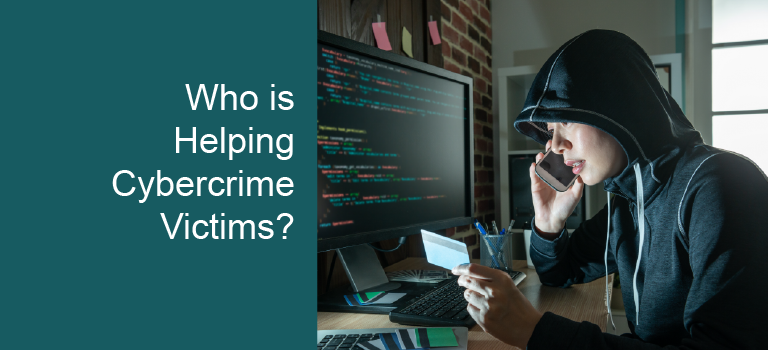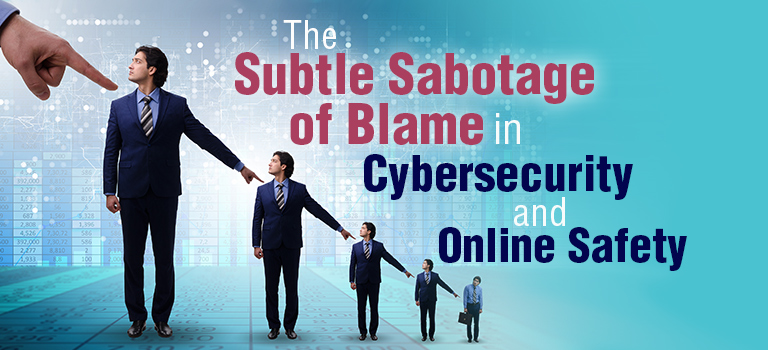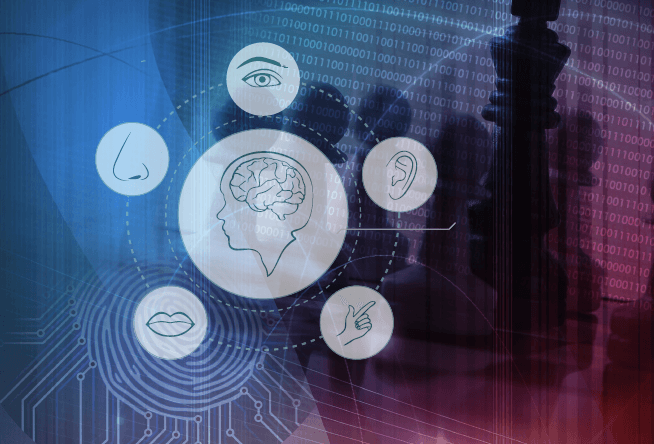The Psychology of Cyber
Who is Helping Cybercrime Victims?
Author(s):
Kristin Judge, CEO/President , Cybercrime Support Network
Cybercrime is the fastest growing crime in America and has created an economic crisis. Imagine the financial impact on communities when $420 billion is lost every year. Imagine the emotional impact on the millions of kids cyberbullied and lured away by online predators, or seniors drained of their retirement savings. Think about what happens to … Read more











